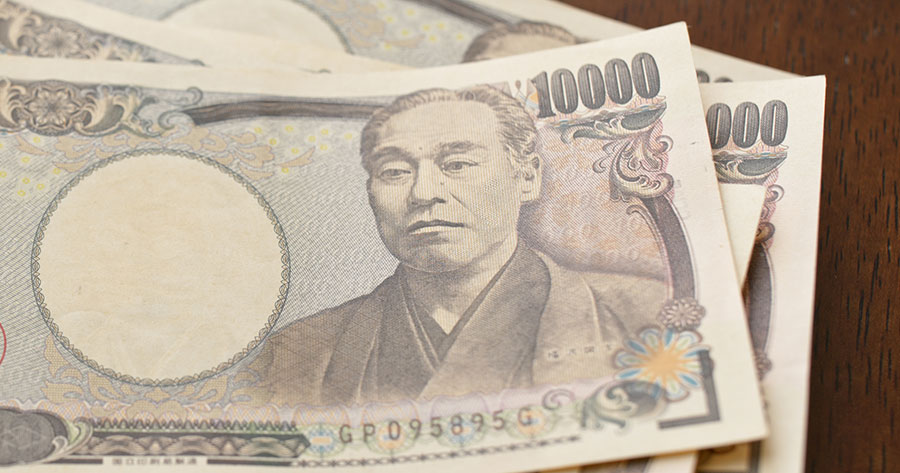Japanese authorities utilized 5.53 trillion yen, equivalent to $36.8 billion, in July to bolster the yen, as per official data released on Wednesday. Data from Japan’s Ministry of Finance revealed the expenditure covering the period from June 27 to July 29.
This action aligned with market expectations and was a response to previous warnings from Japanese authorities about intervening in the currency market to address excessive volatility.
The recent intervention by Japan in the foreign exchange market occurred following a notable depreciation of the yen to a 38-year low against the U.S. dollar. In late May, Japan had officially announced its first currency intervention since October 2022. Given the yen’s weakened state, Japan’s central bank opted to raise its benchmark interest rate to “around 0.25%” from the earlier range of 0% to 0.1% on Wednesday. This adjustment signified the Bank of Japan’s highest interest rates since 2008.
Following the BOJ’s decision, the yen experienced a considerable rise and was observed trading at approximately 150 per dollar. This was a substantial shift from the beginning of the month when the Japanese currency had declined to 161.96 per dollar for the first time since December 1986. The yen has been under persistent pressure since the BOJ terminated its negative interest rate monetary policy in March.





